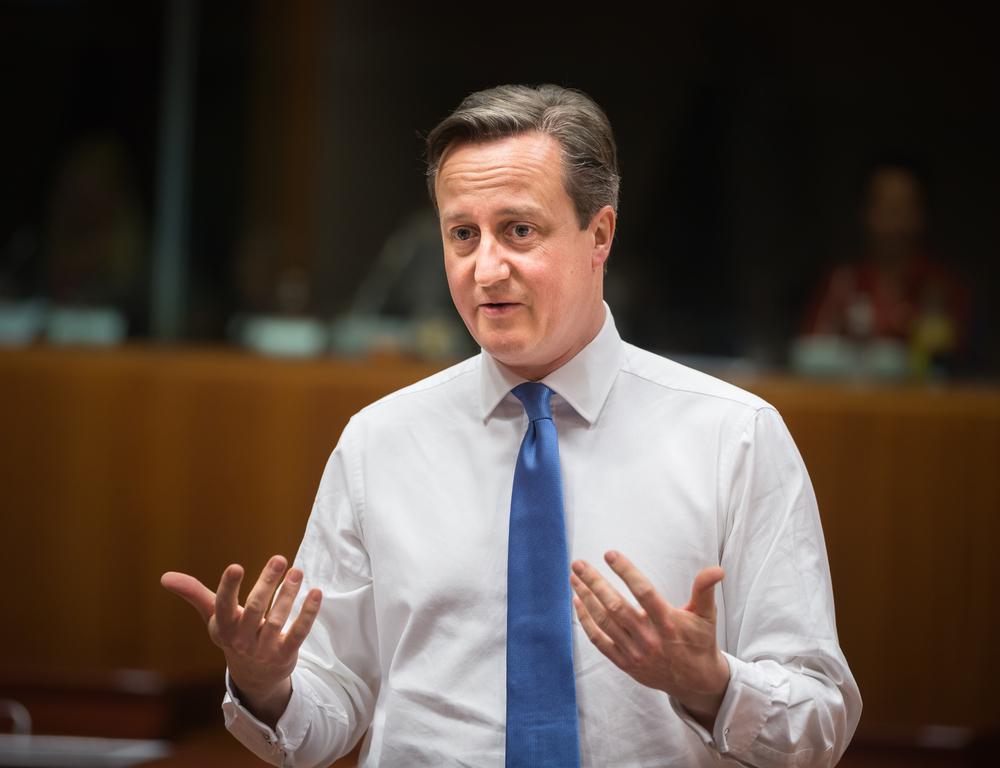
The result was announced this morning: Britain will no longer be part of the European Union. But the final count, standing at 51.9 percent Leave and 48.1 percent Remain, left many voters dissatisfied.
1) 51.9% Leave, 48.1% Remain
The precise figures of the referendum have led to the resignation of Prime Minister David Cameron, whose key belief that Britain is stronger in the European Union will now contrast heavily with that of the country.
He told press outside Downing Street that he was “honoured to have been prime minister of this country for six years,” before admitting there needs to be “the captain that steers our country to the next destination”.
A new election will doubtless add to the country’s economic fragility and further volatility of the Pound.
2) Young – Old divide
The contrast between the opinions of British young people and those above 50 was staggering. 64% of those between 18 and 24 voted Remain, compared to just 33% of those of 65.
These figures suggest a strong divide along age lines, despite young people being arguably most affected by the outcome.
3) Scotland/Ireland – England
All 32 local authorities in Scotland voted to Remain, with a stronger than average 62 percent in favour of Remain. Northern Ireland also voted heavily Remain, marking a bleak divide between the interests of England and Wales and the rest of the UK. Given these figures, suggestions of another referendum on Scottish membership of the UK have already raised, with Scottish leader Nicola Sturgeon confirming that Scotland wants to remain part of the EU. Deputy First Minister of Northern Ireland Martin McGuinness has also called for a border poll on a united Ireland.
24/06/2016
